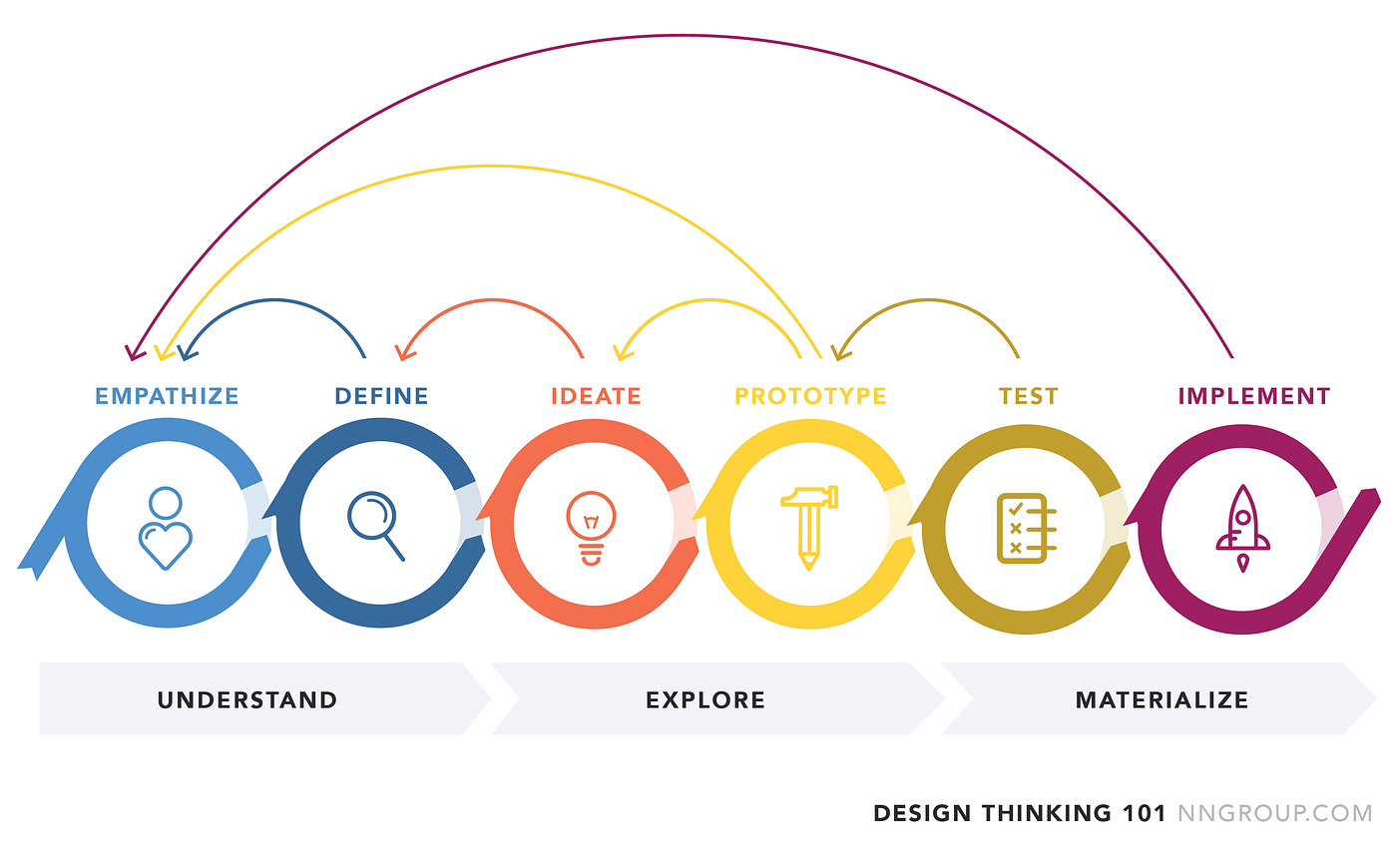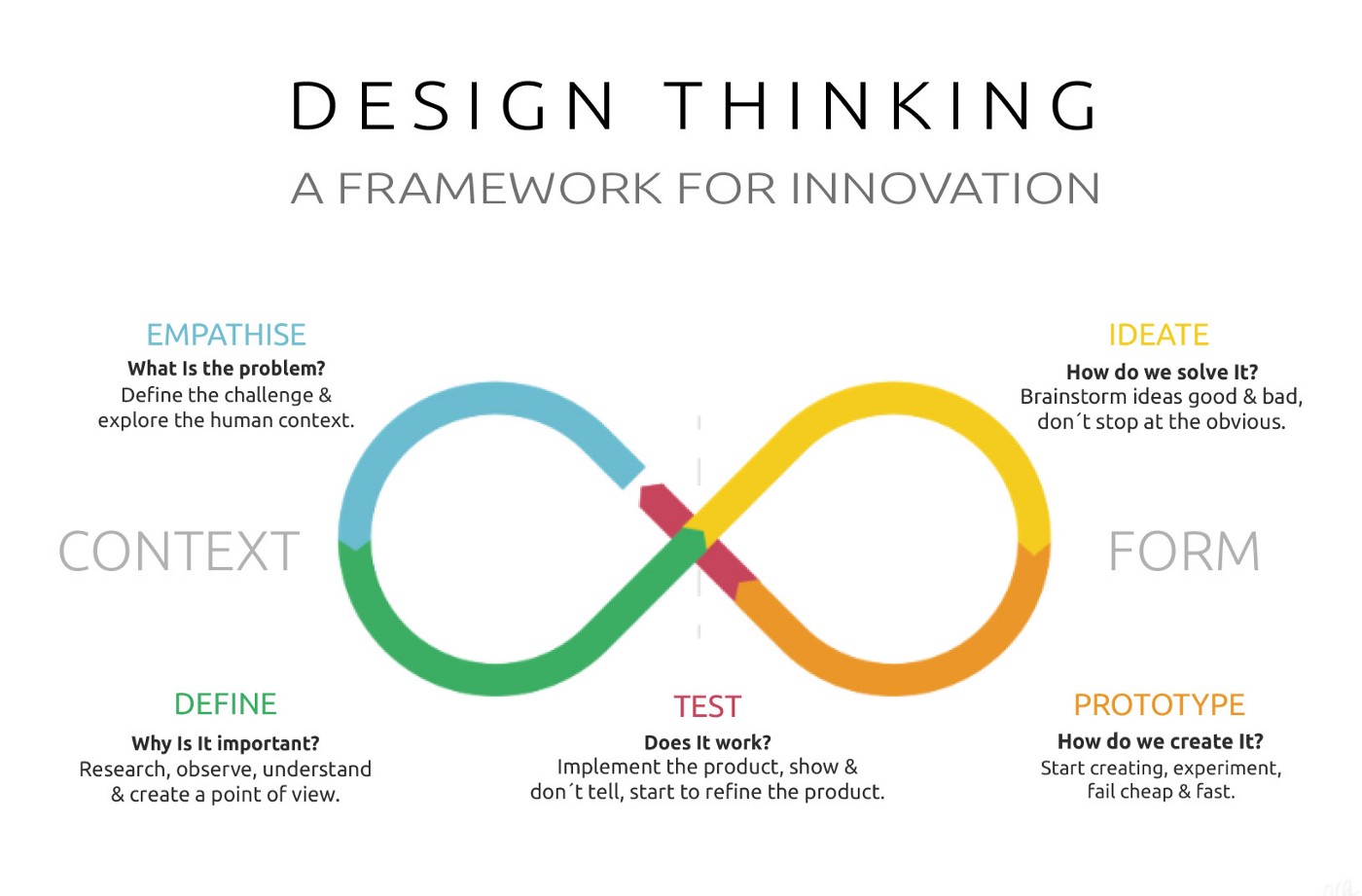Table Of Content

It requires many different viewpoints from designers, future customers, and other stakeholders. Brainstorming sessions and collaboration are the backbone of the design thinking process. The design thinking process is not the most intuitive way to solve a problem, but the results that come from it are worth the effort.
Step 2: Define
After your iterative creative development and prototyping, find ways to test fast and organically with consumers. Although design testing is often relegated to quantitative “benchmarks” or eye-tracking, a qualitative sharing session with consumers can go much deeper on the “why” of the feedback. If budgets are tight or clients are uncomfortable with breaking free from their traditional corporate methodologies, engage a “friends and family” approach. It’s important that the consumers you speak with have a vested interest in the problem you’re solving. Sometimes a designer will encounter a situation when there’s a general issue, but not a specific problem that needs to be solved.
Step 5: test with users
The Deliver stage is where lead prototypes are integrated with new and existing technologies. Whereas earlier stages are focused on working through ambiguity, the Deliver stage focuses on efficient execution and streamlined integration through training and technology. The goal of Discover is to move from a sense of the opportunity to a clear picture of the current landscape. This stage is often completed by a core project team who share their results with the broader team during Design Thinking workshops. You can also pursue an online course or workshop that dives deeper into design thinking methodology. This can be a practical path if you want to improve your design thinking skills or require a more collaborative environment.
Step 3Design Thinking Define

The main goal of a problem statement is to guide designers working on possible solutions for this problem. A problem statement frames the problem in a way that easily highlights the gap between the current state of things and the end goal. Since there’s always an abundance of problems to solve, we’re used to solving problems as they occur. The design thinking process forces you to look at problems from many different points of view. Also, don't be disheartened if your first solution isn't the winning one—it's part of the iterative process.
Phase 5: Test – Get Fast, Productive Feedback From Human Beings
In the Design Thinking process, the Ideation stage often follows the first two stages, which are the Empathise stage and Define stage. There is a significant overlap between the Define and Ideation stages of a typical Design Thinking process. Interpreting information and defining the problem(s) and ideation both drive the generation of problem solutions. This overlap is represented in the types of methods design teams employ during these two stages.
From architecture and engineering to technology and services, companies across industries have embraced the methodology to drive innovation and address complex problems. Wicked problems demand teams to think outside the box, take action immediately, and constantly iterate—all hallmarks of design thinking. In another example from the education field, Peruvian entrepreneur Carlos Rodriguez-Pastor hired design consulting firm IDEO to redesign every aspect of the learning experience in a network of schools in Peru.
Design thinking process 101: Definitions and approaches
That means interviewing real users, observing them in their daily life, and walking a mile in their shoes. Direct observation is a powerful creative tool, and small details can be very inspiring during ideation. Teams should look to connect both directly and indirectly with users, creating a holistic view of their experience through interviews, analytics and heuristic approaches.
Phase 2: Define – Create a Brilliant Design Brief for All Stakeholders
Regardless of which tools are implemented, the key is to observe without assumptions or biased expectations. For example, if your team is looking to fix the employee onboarding process at your company, you may interview recent new hires to see how their onboarding experience went. Another option is to have a more tenured team member go through the onboarding process so they can experience exactly what a new hire experiences. The goal of Design Thinking isn't speed—it's finding the right solution.
Users don’t care about the most objectively efficient or creative solutions. Using the design thinking framework more easily allows designers to figure out what users consider the optimal solution, rather than operating based on their own biases. This book helps designers transition from a traditional waterfall approach to an agile project workflow. It outlines strategies for integrating UX design into an agile process, ensuring that user needs and experiences remain a top priority. The book equips designers with the tools and techniques to collaborate effectively with cross-functional teams, iterate quickly, and deliver user-centric digital products in an Agile environment.
How to Make Design Thinking Work for HR - Human Resource Executive®
How to Make Design Thinking Work for HR.
Posted: Fri, 29 Jun 2018 07:00:00 GMT [source]
Diverse teams tend to generate diverse ideas, so be prepared to effectively manage and harness this diversity. Techniques like brainstorming, mind mapping, or "worst possible idea" can stimulate creativity. This might give designers the courage to explore a range of ideas, despite how they might label them in their minds. For example, it could be that you’re updating a feature for your software service. In this instance, a software developer might start out by saying ‘we need to integrate drop-down menus into the website homepage’, to which someone else should respond ‘yes, but’ and make a counter-argument. This extensive customer research would inform Google’s innovative approach to teaching coding to children.

Information is continually used to inform the understanding of the problem and solution spaces, and to redefine the problem itself. Designers or evaluators rigorously test the complete product using the best solutions identified in the Prototype stage. This is the final stage of the five-stage model; however, in an iterative process such as design thinking, the results generated are often used to redefine one or more further problems. You can then proceed with further iterations and make alterations and refinements to rule out alternative solutions. The ultimate goal is to get as deep an understanding of the product and its users as possible.

No comments:
Post a Comment